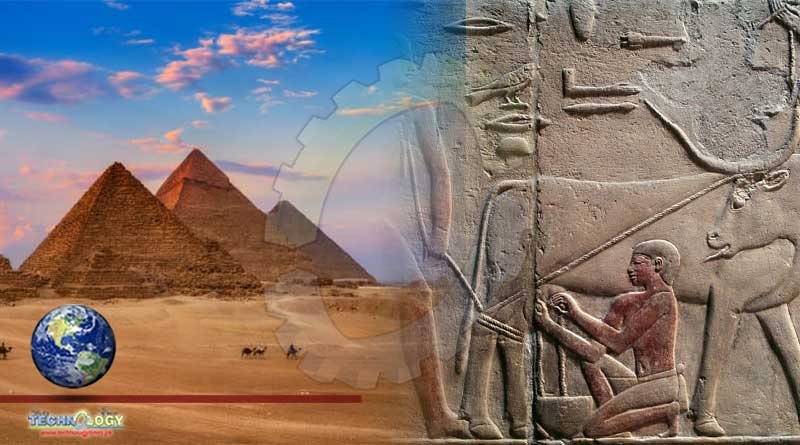New research decided to focus on the stage at which Ancient Egypt emerged, specifically they looked deeper into the Nile Delta landscapes

Ancient Egypt was the preeminent civilization in the Mediterranean world around 5,000 years ago or during 3100 B.C.
According to History, there are only a few written records and artifacts that have been found during the predynastic times of Egypt, which encompasses the 2,000 years of the gradual emergence of the Egyptian civilization.
So why did ancient humans decided to come together into cities and civilizations after living in smaller communities? Archaeologists answer this question by digging deeper into the Ancient Egyptian civilization. However, it is notable that the previous studies only looked at the “human factors” and overlooked the changing environment within which ancient people were interacting.
Just like in a theater play, it seems that the audience has been more focused on the actors and missed the stage. New research decided to focus on the stage at which Ancient Egypt emerged, specifically they looked deeper into the Nile Delta landscapes that have dramatically changed due to natural causes for thousands of years.
Changes in Nile Delta
In an article published in The Conversation by the researchers from the University of Southampton, the researchers said that the changes in Nile Delta include becoming less swampy, rivers started behaving differently, landscapes evolving into wider, more open, and well-drained floodplains.
Analyzing the changing environment, the researchers found that before the landscapes changed, these were their main source of food. It turns out marshy environments were a great place for people to live as it has varied food resources. People could hunt, fish, keep a few animals, and move around in this Eden-like environment.
Change in Nile Delta Could Have Nudged Emergence of Ancient Egypt
The changing environment of the Nile Delta became less abundant of these wild food resources that scientists estimated it had lost 45|% of its productivity over a few hundreds of years. at the time, the most practical solution was to increase the takeup of farming to maximize the amount of food they can get from the patch of land.
This was seen in archaeological records wherein it appears that around 4,000-3,000 BC, people have started eating fish, pigs, and the crops they grow. That means that the changes in landscapes may have facilitated the farming to the people throughout the fourth millennium B.C.
The agricultural potential of the Nile Delta was at least 40% larger than the whole;e of Egypt, and any local upstream leaders have already realized that the economic key to power is through controlling the vast output of the new agricultural and fertile land. So, a new territorial state is necessary.
In a short period, by around 3400 BC, the delta’s surplus was brought under the control of one nation state. Early hieroglyphics records that the capital and royal court was built at the obvious place to bind the agricultural powerhouse of the Nile Delta with older centers of the upstream, the researchers said.
Similar parallels have also been observed in other civilizations around the world, such as Mesopotamia and North China. Changes in the environment shifted them from a life of fishing to a life of farming and socio-cultural trends.
Originally published at Science Times
